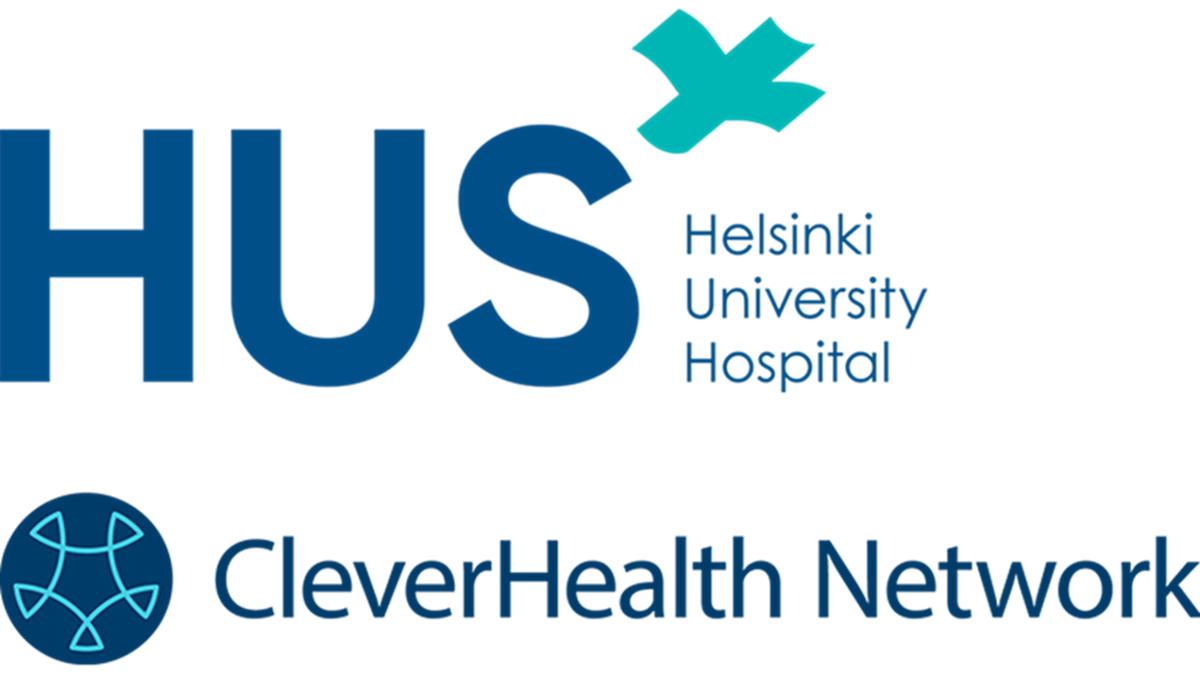A brain hemorrhage, or brain bleed, is a life-threatening stroke that requires quick treatment for the best outcome. Almost 69 million healthy life years are lost each year due to brain bleed-related death and disability. Currently, the biggest diagnosing challenges are the demanding interpretation of images and lack of radiology resources, particularly in hectic emergency care settings.
HUS Helsinki University Hospital, CGI and Planmeca have jointly developed an artificial intelligence solution (AI Head Analysis) that assists radiologists and clinical doctors in interpreting brain CT scans and detecting the most common types of non-traumatic brain hemorrhages.
“Each year, millions of people across the globe are diagnosed with some type of brain hemorrhage—an acute condition that requires a prompt and accurate diagnosis,” said Miikka Korja, Innovation Director and Associate Professor of Neurosurgery at Helsinki University Hospital. “This number is increasing year by year, while the number of radiologists is decreasing. Further, interpreting head CT scans requires time and experience, but most emergency clinics are very busy.”
How it works
The AI Head Analysis solution uses AI to analyse CT head scans as part of real-time emergency treatment to support the diagnosis of five types of acute brain bleeds.
A radiologist uses AI to first analyse the images independently. Then, AI outputs provide expert advice to support a diagnosis. After a diagnosis is made, the radiologist can compare the assessment with the AI results.
The solution analyses data from different imaging devices at hospitals to build and clinically test the algorithms in line with rigorous regulatory requirements. Several hospitals have conducted independent solution testing and validation, including one of the largest university hospitals in Switzerland. Further, a world-leading medical journal, Neurology, published an article on these AI-based diagnostics.





